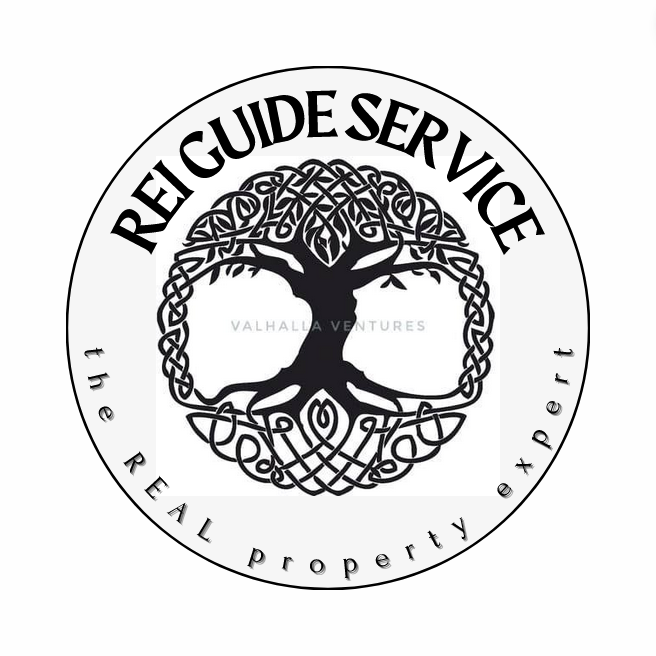Keeping Family Under One Roof: Financially, Emotionally, and for Legacy Wealth
The benefits of keeping family under one roof are as clear as they are powerful. Multi-generational living arrangements save money, strengthen family bonds, promote sustainability, and build a lasting legacy of wealth and values. For families considering this path, there are different ways to make it happen, from building a family compound to adding small homes on a single lot. Here’s why staying together makes sense and how it can work in real life.
Financial Benefits and Smart Housing Arrangements
Multi-generational living is flexible and can be adapted to each family’s needs. Here are a few different setups that allow families to share a property without sacrificing personal space or privacy:
Small Homes on a Single Lot: A popular option is building small homes or “casitas” on one property. Each family member or family unit gets their own living space, but everyone still shares the same piece of land. This setup allows privacy and independence while saving on the overall cost of owning or renting separate properties.
Family Compounds: For larger properties, a family compound can be an ideal solution. Family compounds are often multi-unit homes where different family members have their own wings or floors, allowing everyone to live together while maintaining personal space. Some compounds are configured with separate entrances and shared spaces like a communal kitchen or living area, creating a unique blend of togetherness and autonomy.
Converted Spaces and ADUs: If you already own a property with a garage, basement, or attic space, converting these areas into livable spaces for adult children or extended family members can be a cost-effective approach. Many cities now allow Accessory Dwelling Units (ADUs), like garage apartments, which offer a simple way to add a secondary residence without purchasing new land.
Financial Savings Example: When Kids Stay at Home
Let’s look at an example of the financial savings of keeping family under one roof. Imagine a family with four adult children who would otherwise move out. If each of these children moved into their own one-bedroom apartment, the monthly expenses could look something like this per person:
Rent: $1,200
Utilities: $150
Groceries and household supplies: $300
Internet and cable: $75
Transportation: $200
This adds up to roughly $1,925 per month, per person. For four children, that’s a combined monthly expense of $7,700—or $92,400 a year. These expenses represent a massive cost for the family that could be largely avoided if they stayed under one roof.
If, instead, the family invested in adding small apartments or ADUs on their property, they might face an upfront cost, but over time, the savings would be substantial. For example, a $50,000 investment per ADU would allow each child their own space while avoiding the high, recurring rental costs.
Emotional and Physical Health Benefits
Sharing a home isn’t just about saving money; it’s about building a support system that’s accessible every day. Parents and children can support each other emotionally in ways that are harder to achieve from afar. Whether it’s childcare, elder care, or simply having family around for companionship, the support of loved ones contributes to stronger mental and physical health.
Environmental and Legacy Advantages
Keeping family under one roof reduces the need for multiple homes, which in turn lowers the family’s carbon footprint. With fewer houses to power, heat, and cool, multi-generational families naturally use fewer resources. Beyond the environmental impact, these arrangements connect younger generations to the hard work and values that created the family’s wealth. Being part of this legacy makes the family’s journey more tangible and meaningful.
By living together, families can build something more valuable than any one home—they build a foundation of shared wealth, knowledge, and resilience that benefits future generations.

